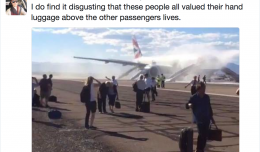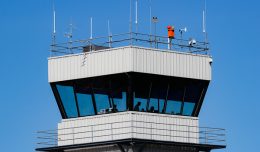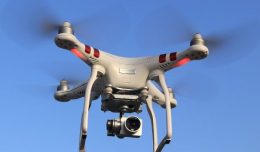The U.S. Department of Transportation’s Federal Aviation Administration (FAA) on Thursday proposed broad new rules for helicopter operators.
If the proposal is approved, it would require stricter flight rules and procedures, improved communications and training, and additional on-board safety equipment. The proposal also includes helicopters such as air ambulances.
The estimated cost for the proposal in present value for the air ambulance industry is $136 million with a total benefit of $160 million over 10 years.
“This is a significant proposal that will improve the safety of many helicopter flights in the United States,” said Transportation Secretary Ray LaHood. “The FAA’s initiatives have helped the helicopter industry make progress on many safety issues, but it’s time to take steps towards mandating these major safety improvements.”
In order to avoid terrain and obstacles, the proposed rules would have operators use the latest on-board technology and equipment. The proposal also contains provisions which would require operators to use enhanced procedures for flying in challenging weather, at night, and when landing in remote locations.
“We can prevent accidents by preparing pilots and equipping helicopters for all of the unique flying conditions they encounter,” said FAA Administrator Randy Babbitt. “These new rules are designed to protect passengers, patients, medical personnel, and pilots.”
Furthermore, air ambulances would be required to equip with Helicopter Terrain Awareness and Warning Systems; establish operations control centers if they are certificate holders with 10 or more helicopter air ambulances; institute pre-flight risk-analysis programs; and conduct safety briefings for medical personnel.
Among other requirements, air ambulances will also have to amend their operational requirements to include Visual Flight Rules (VFR) weather minimums, Instrument Flight Rules (IFR) operations at airports/heliports without weather reporting, procedures for VFR approaches, and VFR flight planning; and ensure their pilots in command hold an instrument rating.
All commercial helicopter operators would be required to revise IFR alternate airport weather minimums; demonstrate competency in recovery from inadvertent instrument meteorological conditions; and equip their helicopters with radio altimeters, among other thins.
While accidents declined in 2005 and 2006, 2008 proved to be the deadliest year on record with six accidents that claimed 24 lives.
Overall, from 1992 through 2009, 135 helicopter air ambulance accidents claimed 126 lives. From 1994 through 2008, there were also 75 commercial helicopter accidents (excluding air ambulances) that resulted in 88 fatalities.






